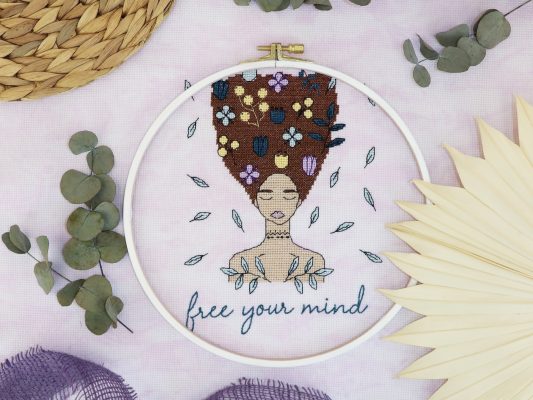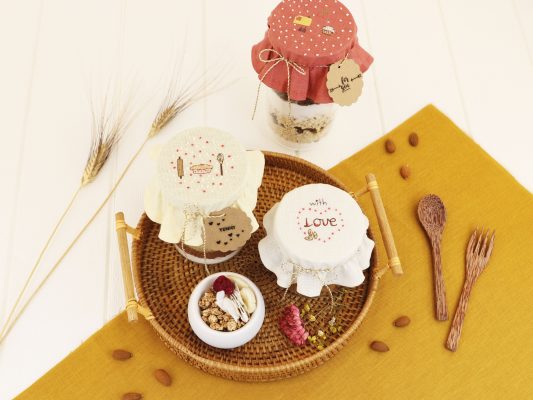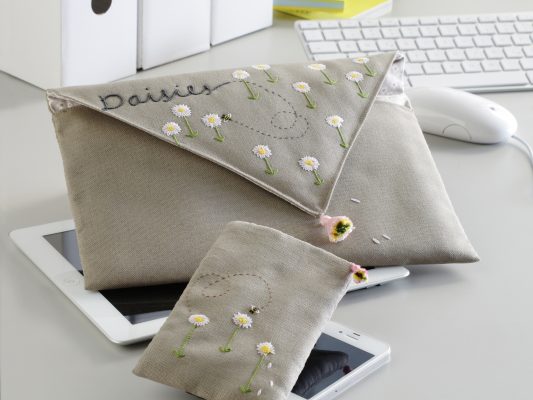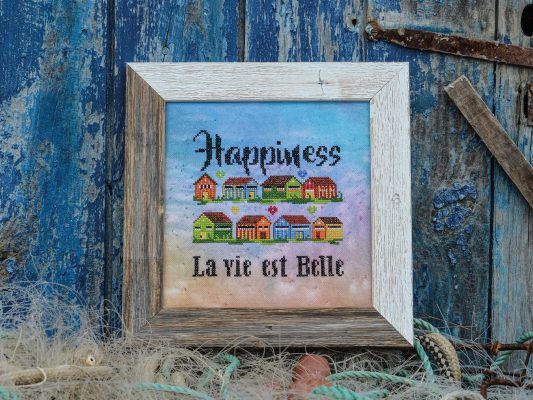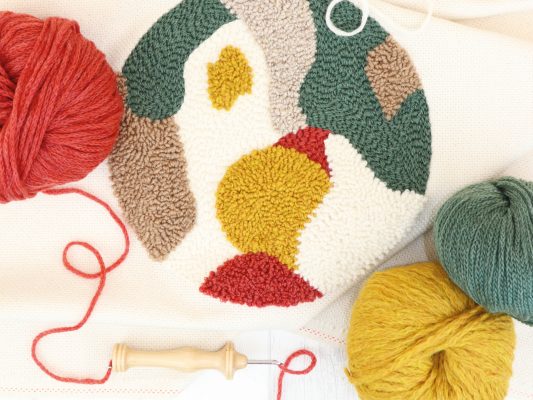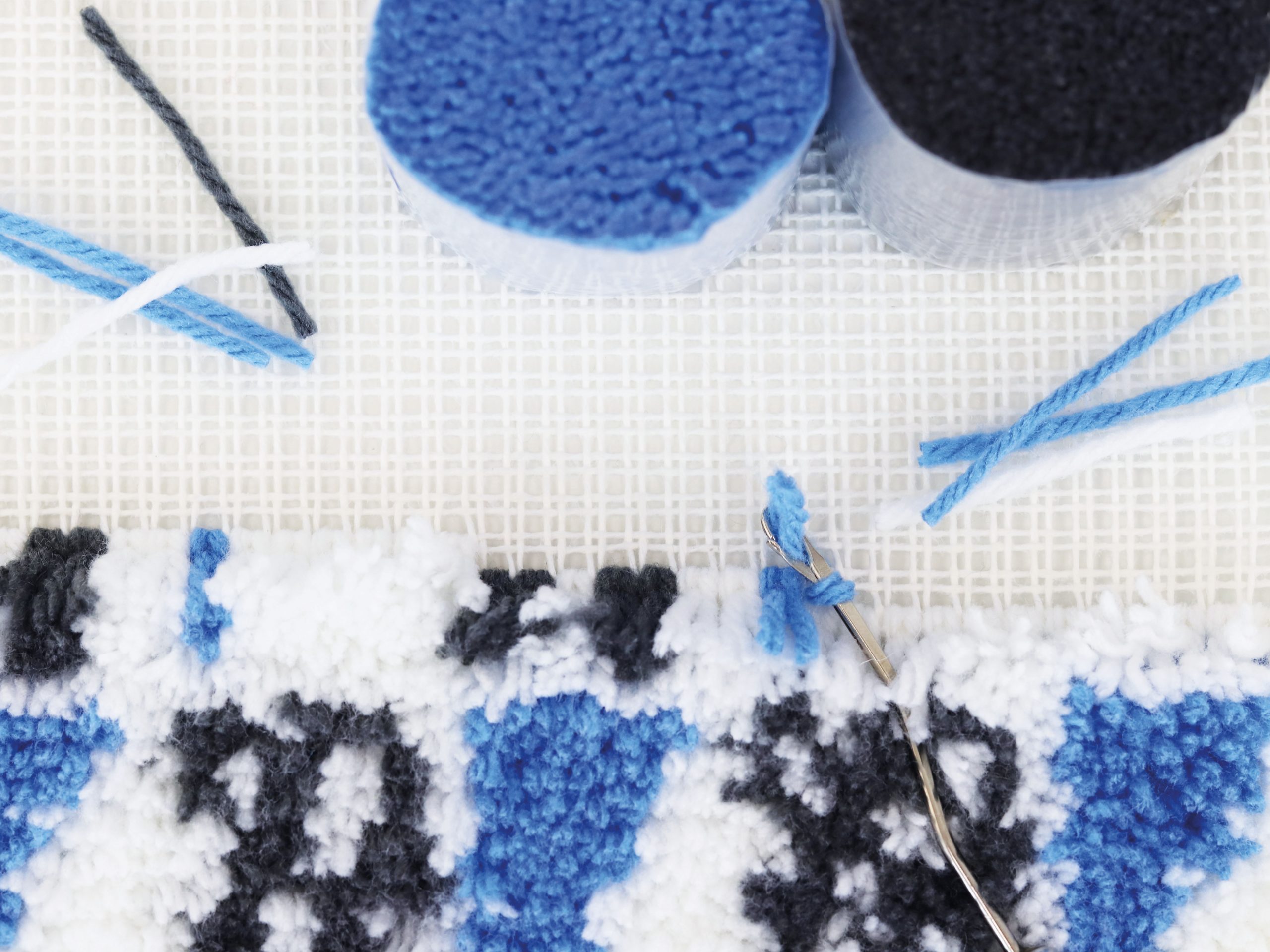
BETWEEN TRADITIONAL & MODERN
For centuries, complex knotted carpets and fine tapestries have been made on many different canvases in the most disparate of cultures. Today, the traditional approach is becoming quite multifaceted thanks to modern and creative techniques all over the world. Our canvas range offers qualities to be printed on for further processing, as well as diverse types of special canvases for artists and creators. We offer a unique selection of single, double-threaded and twist canvases in white and natural colour, as well as special colours and counts upon the customer’s request.
WHAT ARE CANVASES?
Canvases are open fabric meshes usually made of cotton. They form the woven textile base for many techniques and embroideries. Canvas is usually fully covered with embroidery over its entire area. Fine canvases from 6ct. to 18ct. are well suitable for example for cross-stitch works, needlepoint and satin stitch, while coarse canvases ranging from 3-5ct. are meant mainly for coarse cross-stitch and latch-hook works.
A special finish lends the fabric a stiffness which makes it easier to embroider. Canvases from ZWEIGART® are woven from sturdy, evenly rounded multiple twines, in many cases heavily finished and feature a square and stitch-precise surface.
Our canvases are divided into three categories: mono-canvas, twisted or interlock canvas, and double-threaded canvasses. Each canvas binding has different features and is particularly well-suited for certain embroideries or rug works. Which canvas is most suitable depends on the project at hand and the technique and material used. We offer a full guide with all details for the range of canvas qualities in our download section online.
Mono-canvas means it is a single-threaded canvas. It is woven in plain or interlock weave meaning resulting in clear squares between the threads and it very well countable.
Double-threaded canvases are also plain woven, except the spaces between the mesh threads are not equal. Instead, it has two threads packed close together, forming a stable woven checker made up of two warp and two weft threads. The opening or stitch between the woven checkers is clear and simplifies counting and embroidering. It is the classic cloth for tapestry and Gobelin works.
ZWEIGART® “Waste Canvas” (500 + 510) help in transferring cross-stitch embroideries on non-countable textiles such as clothing fabrics for example. The fabric is called “Waste Canvas” due to the characteristic of the threads being pulled out after the embroidering by dissolving the starched finish of the fabric in water.
Twist canvas (Interlock) in which a warp thread twists around each of the weft thread to prevent threads from shifting. It is similar to single-threaded canvas but this cloth has a higher surface stability due to the special binding, an example would be item 9604 ZWEIGART-Twist.
FURTHER INFORMATION ABOUT THE INDIVIDUAL CANVASES AND THE TECHNIQUE To the Collection
 Deutsch
Deutsch Français
Français Español
Español Русский
Русский Ελληνικα
Ελληνικα
